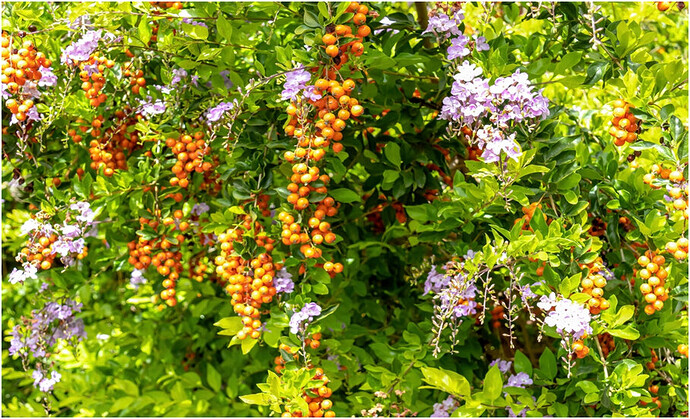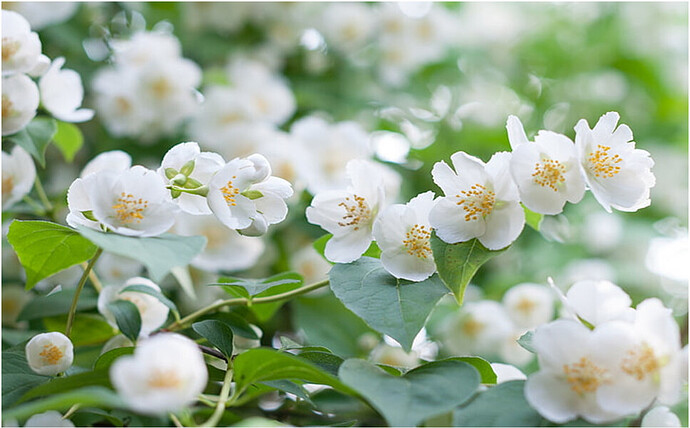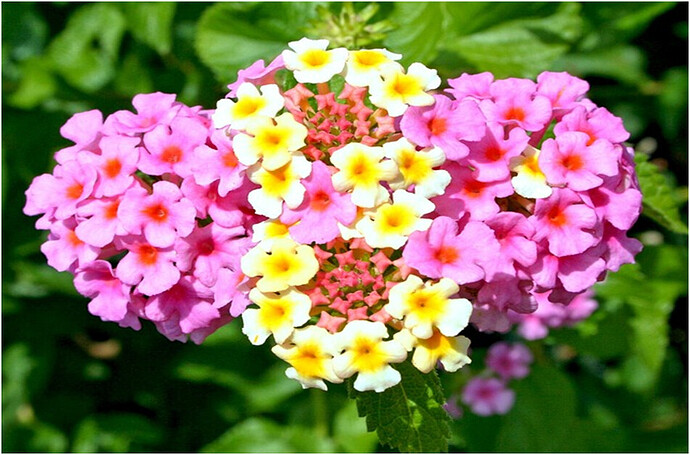What to Cut Back Now in Indian Gardens for a Healthier Bloom
Monsoon may bring life to your garden, but it can also bring chaos if plants are left unchecked. July is one of the best times to prune back many Indian shrubs, giving them room to breathe, preventing disease, and encouraging fresh growth. But the question is: which ones should you prune, and how?
Here are the top shrubs Indian gardeners should focus on this month — plus why pruning now sets your garden up for long-term success.
Hibiscus (Gudhal)
Having cared for hibiscus in both coastal and inland regions of India, I can tell you this: a quick July trim can mean non-stop flowering into October.
Hibiscus thrives on warmth and moisture, but can easily get leggy in the monsoon. If yours has already pushed out its first blooms of the season, it’s the right time to:
- Deadhead faded flowers so the plant doesn’t waste energy forming seeds.
- Trim up to 1/3 of older stems , especially if the center is overcrowded.
- Always prune just above a healthy leaf node.
Use clean, sharp bypass pruners for neat cuts. If you’re dealing with an older, woodier shrub, a corded or cordless hedge trimmer may be more efficient.
Bougainvillea
Bougainvillea looks beautiful draping over walls and fences—but once monsoon hits, it tends to shoot out long, aimless stems. If left untrimmed, it quickly loses shape and invades other plants.
Now is the perfect time to:
- Cut back long runners to control size and redirect energy to core flowering zones.
- Remove tangled branches near the base to let in light and air.
- Avoid cutting too deep into woody stems—stick to green or semi-hard growth.
This quick cleanup will reward you with another vibrant flush of bracts post-trim.
Duranta (Golden Dewdrop)
Duranta grows like wildfire during the rains, making it ideal for hedges and topiary—but it demands regular maintenance to look its best.
By mid-July, it’s often grown too thick or too high.
- Trim the outer canopy every 2–3 weeks to maintain shape.
- If it’s a hedge, use string lines to guide your cut for symmetry.
- For taller shrubs, cut 15–20% of height to stimulate base shoots and avoid woodiness.
Electric hedge trimmers make this task quick and clean, especially for dense borders.
Jasmine (Chameli / Mogra)
If your jasmine bloomed heavily in June, July is the perfect time to prune it into shape.
- Snip just above nodes to encourage side shoots and more flowers.
- Remove any dry or overhanging growth that may have collapsed in rain.
- Feed with diluted compost tea after pruning to stimulate fragrant bloom cycles.
Do not prune too hard though—these vines thrive on gentle, consistent shaping.
Lantana
A pollinator-friendly shrub that goes absolutely wild in July. While beautiful, lantana can become invasive if unchecked.
- Cut back 30–40% of the plant to encourage controlled flowering.
- Remove flower heads after they dry out to prevent excessive seeding.
- Keep an eye on the base for suckers—remove them early to control spread.
This pruning not only controls its spread but also encourages repeat blooming through the rainy season.
Why Prune in July?
Having worked with gardens across different Indian regions, I’ve come to appreciate just how important July pruning really is. With the rains pouring in and plants bursting into growth, it might feel counterintuitive to bring out the secateurs — but trust me, it’s exactly what your garden needs.
Let’s break down the real reasons why July is the perfect pruning window:
- Healthier Growth : Removing overcrowded or diseased stems creates space for fresh, vigorous shoots.
- More Blooms : Plants like Hibiscus, Ixora, Jasmine respond with extra flower buds post-trim.
- Better Air Circulation : Fungal infections thrive in wet, dense foliage. Thinning helps prevent mildew and rot.
- Stronger Shape : Rain often causes plants to grow erratically. A gentle prune helps them hold form.
So yes, July is lush and beautiful — but it’s also your best chance to train, tame, and transform your garden.
“Happy trimming — and may your garden flourish beautifully this monsoon”




